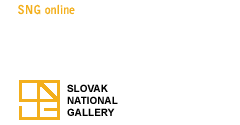
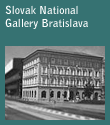 |
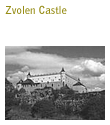 |
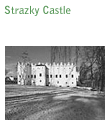 |
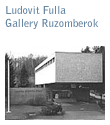 |
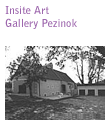 |
|



2010
2009
2008
2007
Aleš Votava
1. December 2006 - 25. February 2007
Flying Dutchmen
14. December 2006 - 18. Marec 2007
Restored Works of Art from the Collection of the Slovak National Gallery
Francesco Furini - Mária Magdaléna
January 2007 - December 2007
From the Aquisitions of Contemporarz Art
Objects & Installations
8. Marec 2007 - August 2007
David Hockney: Words&Pictures
Four Print Portfolios 1961-1977
21. Marec 2007 - 3. June 2007
One Hundred 17th Century Italian Drawings
Collection of A. Martin Lublinský The Scientific Library of Olomouc
6. April 2007 - 24. June 2007
Milan Bočkay
Dolphin in the Forest or the Praise of Paradox
18. April 2007 - 29. July 2007
Insita 2007
24. June 2007 - 30. September 2007
Form Follows... Risk
14. August 2007 - 14. October 2007
Lost Time?
Slovakia 1969 – 1989 in Documentary Photography
31. October 2007 - 2. Marec 2008
The Return of Štefan Schwartz
6. December 2007 - 17. February 2008
2006
2005
2004
|
Honorary Mention Insita 2010 - Egidio Cuniberti INSITA 2010 9th International Triennial of Self-Taught Art He was born in 1928 in Mondove. He died in 2006. In his youthhe worked in a foundry. At the age of 24 he had a serious ac¬cident and underwent two serious brain surgeries in one day. He survived but other serious health problems arose: migraine, epileptic fitsandinsomniaaccompaniedhimthroughouthislife. After years of inactivity, at the age of 43 he began to create objects and furniture in an original style, using only recycled materials and working at home without electrical equipment. Then he began to live in a dimension of his own, focused on artistic work day and night, dividing it among philosophical thoughts, political, mystical and manual work. He worked in¬tensively until 2002, producing more than 200 works. Egidio Cuniberti’s totems and furniture are masterpieces, ‘raw diamonds’ that one rarely comes across. The materials are res¬tricted to ice-cream sticks and fruit cake cornets, but the result is fantastic: the female shapes are built out of any anatomi¬cal design, the faces and bodies are stereotyped. The furniture works perfectly: drawers, doors, flapsarecreatedbyamani¬acal respect for the handmade rules. The decorative necessity makes the author insert many ‘surreal’ images: one can reco¬gnise them even if they are totally strange, in fact they come from the classical inventory of the History of Art: winged hor¬ses, Marat in the bath, Roman and French landscapes, triumph of fruit, nymphs, etc. All these typical subjects are executed in a sort of impressionist technique, putting one ice-cream stick next to the other: the result is a series of vibrating and exciting images that make the furniture look baroque, solid and won¬derful. The richness of the decoration is in contrast with poor materials, often recovered from rubbish; his house was a real storage of different found objects. His fantasy switched on by the aesthetic qualities of the salvaged, rather than followed a rational project. up |
|


© 2005 Slovak National Gallery. All Rights Reserved. Web satori.































